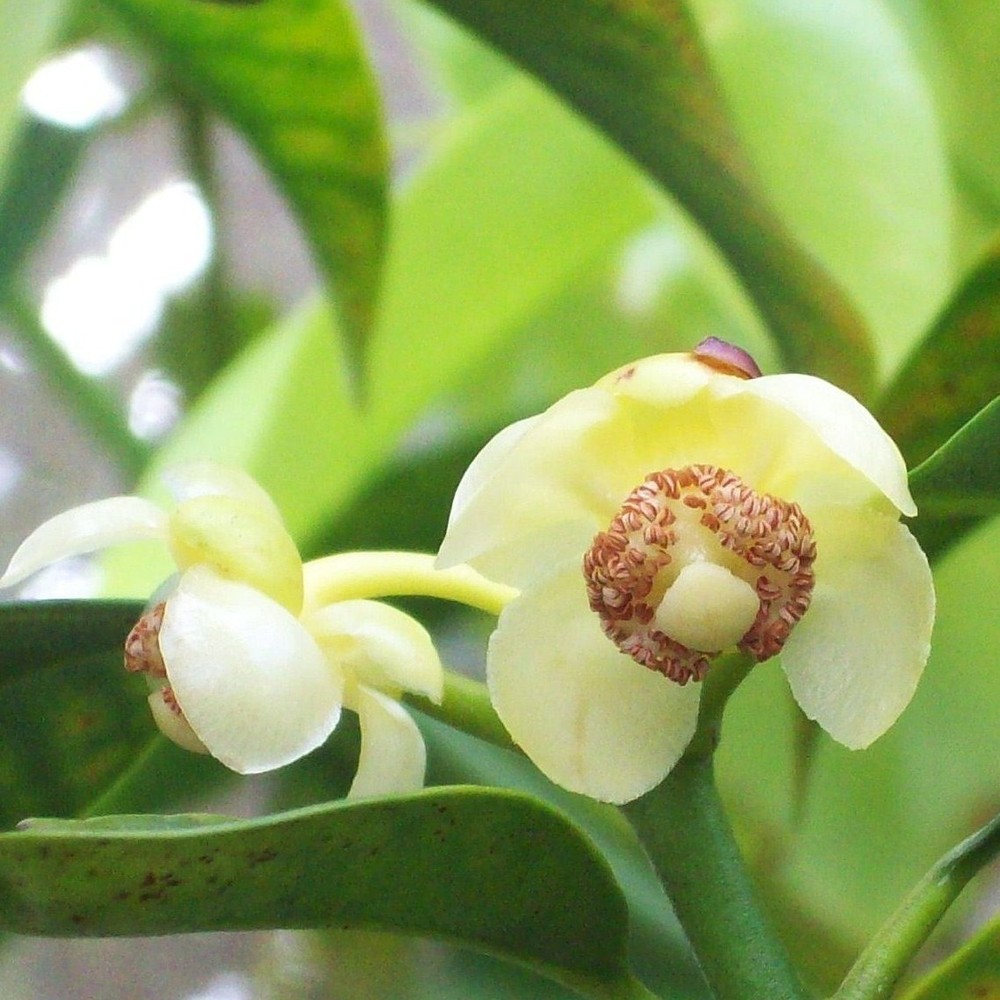Hanbury'S Garcinia
(Garcinia hanburyi)

Description
Garcinia hanburyi is a plant species in the genus Garcinia, the gamboge trees. Garcinia is a genus of flowering plants in the family Clusiaceae native to Asia, America, Australia, tropical and southern Africa, and Polynesia. The number of species is disputed; the Kew Gardens recognise up to 400. Commonly, the plants in this genus are called saptrees, mangosteens (which may also refer specifically to Garcinia mangostana), garcinias, or monkey fruit. Many species are threatened by habitat destruction, and at least one species, G. cadelliana, from South Andaman Island, is almost or even completely extinct already. The fruits are a food source for several animals, such as the archduke butterflies (Lexias spp.) of tropical eastern Asia which relish the sap of overripe mangosteens. Garcinia species are evergreen trees and shrubs, dioecious and in several cases apomictic. The fruit is a berry with fleshy endocarp, which in several species is delicious. Among neotropical Garcinia several species are dioecious (G. leptophylla, G. macrophylla and G. magnifolia), although female trees have often been observed to have some degree of self-fertility.
Taxonomic tree:







